Quantitative and Qualitative Variables in Statistical Analysis
Concept Map
Exploring the role of quantitative variables in statistical analysis, this overview distinguishes between discrete and continuous types, and contrasts them with qualitative variables. It delves into how quantitative data is used to test theories and make predictions, while qualitative data provides depth to research. The text also discusses the importance of graphical representations in visualizing quantitative data and their impact on research comprehension.
Summary
Outline
Exploring Quantitative Variables in Statistical Analysis
Quantitative variables are numerical data points that represent measurable quantities in statistical analysis. These variables are crucial for performing a wide range of statistical procedures and can be classified into two main types: discrete and continuous. Discrete quantitative variables consist of countable, finite numbers, such as the number of books on a shelf or the number of cars in a parking lot. Continuous quantitative variables, however, can assume an infinite number of values within a given range and are often measured to a fine degree of precision, such as the length of a leaf or the temperature of a substance.Distinguishing Between Quantitative and Qualitative Variables
Quantitative variables are distinct from qualitative variables, which are non-numerical and describe characteristics or categories. Qualitative variables, also known as categorical variables, include data such as nationality, type of cuisine, or genre of music. While quantitative variables provide a numerical measure of data, qualitative variables categorize data into groups. Both types of variables are essential in research, with quantitative variables often used to test theories and make predictions, and qualitative variables used to explore concepts and generate hypotheses.Discrete Versus Continuous: A Closer Look at Quantitative Variables
The key difference between discrete and continuous quantitative variables is in the nature of their values. Discrete variables can only take on specific, isolated values and are typically represented by whole numbers, such as the count of objects or occurrences. Examples include the number of eggs in a carton or the number of students in a classroom. Continuous variables, by contrast, can take on any value within a continuous range and are often measured rather than counted, such as the weight of a newborn or the speed of a car.Comparing Data Types: Quantitative and Qualitative Variables
Quantitative and qualitative variables are both used in the collection and analysis of data, each serving a unique purpose in research. Quantitative data is objective and can be statistically analyzed to produce definitive conclusions. It is typically collected through structured methods like surveys and experiments. Qualitative data, on the other hand, is subjective and descriptive, providing depth and context to research findings. It is often collected through unstructured or semi-structured techniques such as interviews and participant observations.Identifying Quantitative and Qualitative Variables in Research
To determine whether a variable is quantitative or qualitative, one must assess if the variable can be measured or counted (quantitative) or if it describes a quality or category (qualitative). For instance, variables such as speed, volume, and frequency are quantitative because they express a measurable quantity. In contrast, variables like ethnicity, favorite book, and clothing style are qualitative because they categorize subjects into groups based on characteristics or preferences.Visualizing Quantitative Data with Graphs
Graphical representations are powerful tools for visualizing quantitative data. Different types of graphs are suited to different kinds of data and research questions. Histograms and box plots are useful for depicting the distribution of a single continuous variable, while bar charts are appropriate for displaying discrete data. Line graphs and time series plots are ideal for showing trends over time, and scatter plots are used to investigate the relationship between two quantitative variables. The appropriate selection of a graph type enhances the clarity and interpretability of the data.Concluding Insights on Quantitative Variables
Quantitative variables are indispensable in the realm of statistical analysis, providing a means to measure and quantify aspects of data. They are categorized into discrete and continuous types, each with specific properties and uses. A clear understanding of the differences between quantitative and qualitative variables is essential for proper data classification and analysis. The ability to graphically represent quantitative data also plays a significant role in facilitating the comprehension and communication of statistical findings. Mastery of these concepts is vital for students and researchers involved in quantitative research.Show More
Types of Variables
Quantitative Variables
Quantitative variables are numerical data points that represent measurable quantities in statistical analysis
Qualitative Variables
Qualitative variables are non-numerical and describe characteristics or categories
Distinction between Quantitative and Qualitative Variables
Quantitative variables provide numerical measures while qualitative variables categorize data into groups
Discrete and Continuous Quantitative Variables
Discrete Quantitative Variables
Discrete quantitative variables consist of countable, finite numbers
Continuous Quantitative Variables
Continuous quantitative variables can assume an infinite number of values within a given range
Key Differences between Discrete and Continuous Quantitative Variables
Discrete variables can only take on specific values while continuous variables can take on any value within a range
Uses of Quantitative and Qualitative Variables in Research
Quantitative Variables in Testing Theories and Making Predictions
Quantitative variables are often used to test theories and make predictions in research
Qualitative Variables in Exploring Concepts and Generating Hypotheses
Qualitative variables are used to explore concepts and generate hypotheses in research
Collection and Analysis of Quantitative and Qualitative Data
Quantitative data is collected through structured methods while qualitative data is collected through unstructured or semi-structured techniques





